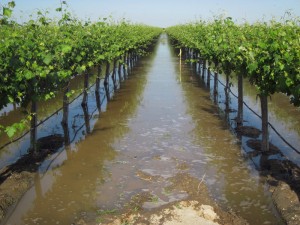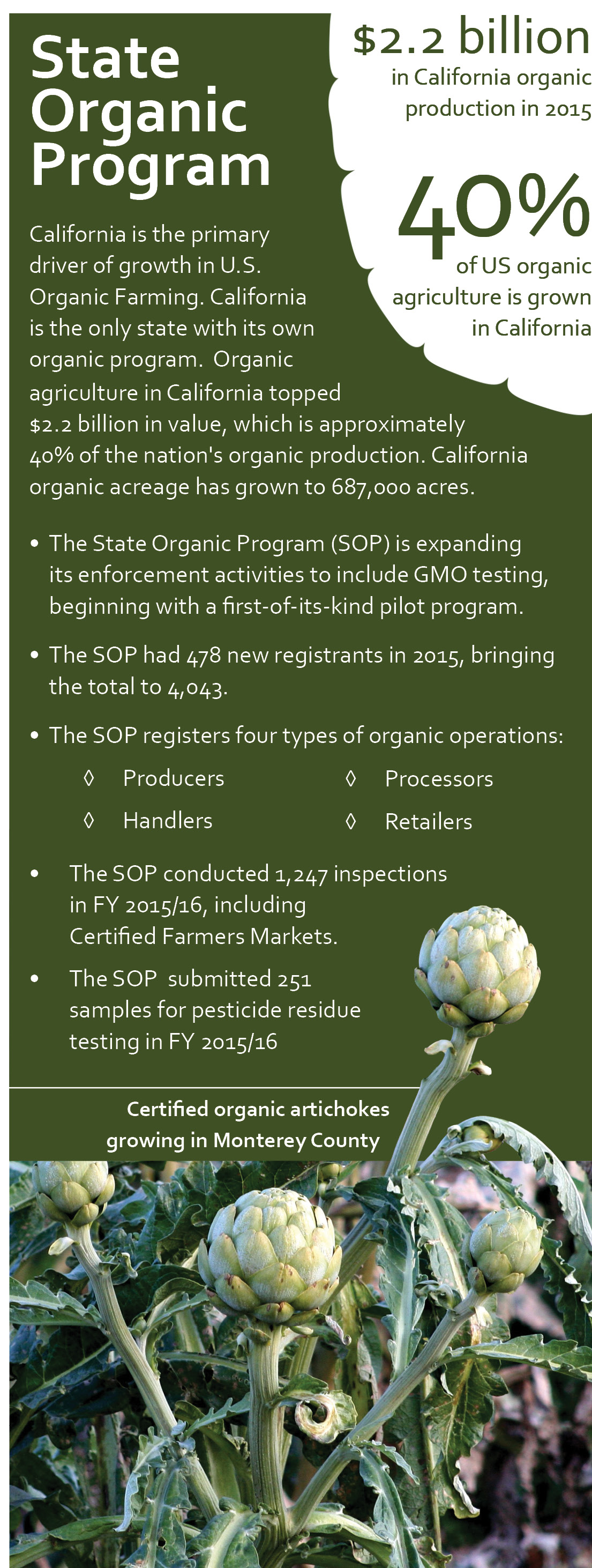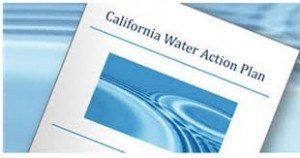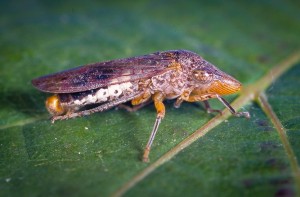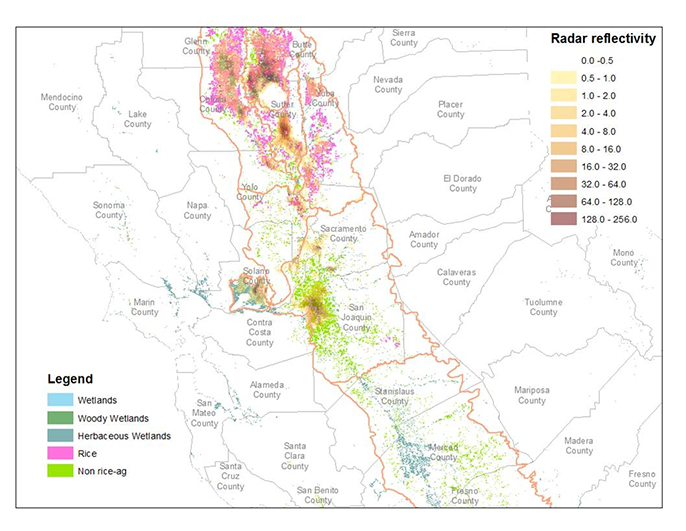The U.S. Department of Agriculture’s (USDA) Agricultural Marketing Service (AMS) has announced the availability of $27 million in grants to fund innovative projects designed to strengthen market opportunities for local and regional food producers and businesses.
“These grants will continue USDA’s support for the local food sector as an important strategy for keeping wealth in rural communities,” said AMS Administrator Elanor Starmer. “Entrepreneurs around the country are creating jobs and new economic opportunities in response to growing consumer demand for local food. AMS is excited to partner with local food stakeholders to strengthen local economies and improve access to fresh, healthy food for their communities.”
AMS has announced the request for applications for the Farmers Market and Local Food Promotion Program, which includes Farmers Market Promotion Program (FMPP) and Local Food Promotion Program (LFPP) grants, and theFederal-State Marketing Improvement Program (FSMIP). These programs and other resources across USDA are helping to revitalize rural America by supporting local and regional food stakeholders.
The FMPP provides funds for direct farmer-to-consumer marketing projects such as farmers markets, community-supported agriculture programs, roadside stands, and agritourism. Over the past 10 years, the FMPP has awarded more than 870 grants totaling over $58 million. The successful results of these investments are summarized in the Farmers Market Promotion Program 2016 Report. (Add link). The LFPP supports projects focused on intermediary supply chain activities for local food businesses. LFPP was established in the 2014 Farm Bill to increase funding for marketing activities such as aggregation, processing, storage, and distribution of local foods.
The FSMIP provides about $1 million in matching funds to state departments of agriculture, state colleges and universities, and other appropriate state agencies. Funds will support research projects to address challenges and opportunities in marketing, transporting, and distributing U.S. agricultural products domestically and internationally.
AMS will host a webinar for potential FMPP and LFPP grant applicants on Wednesday, February 15, 2017, at 2:30 p.m. Eastern Time, and a teleconference for potential FSMIP grant applicants on Thursday, February 16, 2017, at 2:30 p.m. Eastern Time. For more information about FSMIP, FMPP and LFPP, visit: www.ams.usda.gov/AMSgrants. The website also contains a link to a grants decision tree, “What AMS Grant is Right for ME?”, to help applicants determine which AMS grant fits their project best.
The grant applications for FSMIP, FMPP and LFPP must be submitted electronically through www.grants.gov/ by 11:59 p.m. Eastern Time on Monday, March 27, 2017.
AMS will also host a webinar to introduce potential applicants to Grants.govon Wednesday, February 8, 2017, at 2:30 p.m. Eastern Time. Applicants are urged to start the Grants.gov registration process as soon as possible to ensure that they meet the deadline and encouraged to submit their applications well in advance of the posted due date. Any grant application submitted after the due date will not be considered unless the applicant provides documentation of an extenuating circumstance that prevented their timely submission of the grant application, read more on AMS Late and Non-Responsive Application Policy.





